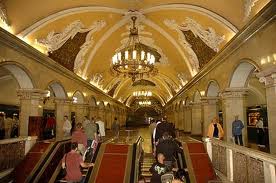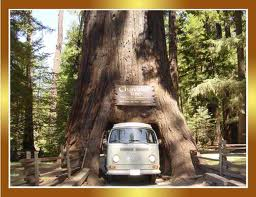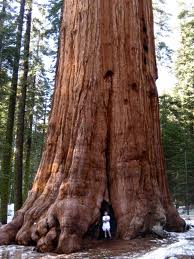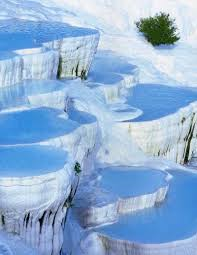 El metro de Moscú es famoso en todo el mundo por su lujosa decoración y gran belleza. Se diseñó como himno de alabanza al socialismo. La belleza de las estaciones es célebre, y su decoración debe ser admirada por cualquiera que visite la ciudad. La primera línea se inauguró en 1935, aunque existían planes para su construcción desde la revolución Rusa. En los planes originales había 13 líneas, de las cuales Kropotkinskaya era la más interesante. Las paredes y las columnas de la estación se cubrieron de mármol extraído de la demolida Catedral del Cristo Salvador y las columnas que soportan el techo abovedado fueron diseñadas como estrellas de cinco puntas. En la línea 2 hay 76 estatuas de granjeros, atletas, soldados y marineros. En la línea 3 la entrada está cubierta de mosaicos, hechos con cristal opaco, que representan un día desde la mañana a la noche. El metro de Moscú transporta a una media de 8,1 millones de pasajeros cada día, convirtiéndolo en uno de los más concurridos del mundo. Los visitantes no deben perderse esta preciosa galería-museo de arte. ¡ y encima se puede viajar en el!
El metro de Moscú es famoso en todo el mundo por su lujosa decoración y gran belleza. Se diseñó como himno de alabanza al socialismo. La belleza de las estaciones es célebre, y su decoración debe ser admirada por cualquiera que visite la ciudad. La primera línea se inauguró en 1935, aunque existían planes para su construcción desde la revolución Rusa. En los planes originales había 13 líneas, de las cuales Kropotkinskaya era la más interesante. Las paredes y las columnas de la estación se cubrieron de mármol extraído de la demolida Catedral del Cristo Salvador y las columnas que soportan el techo abovedado fueron diseñadas como estrellas de cinco puntas. En la línea 2 hay 76 estatuas de granjeros, atletas, soldados y marineros. En la línea 3 la entrada está cubierta de mosaicos, hechos con cristal opaco, que representan un día desde la mañana a la noche. El metro de Moscú transporta a una media de 8,1 millones de pasajeros cada día, convirtiéndolo en uno de los más concurridos del mundo. Los visitantes no deben perderse esta preciosa galería-museo de arte. ¡ y encima se puede viajar en el!
The Moscow metro is famous worldwide for its luxurious decor and great beauty. It was designed as a hymn of praise to socialism. The beauty of the seasons is celebrated, and its decoration to be admired by anyone visiting the city. The first line opened in 1935, although there were plans to build from the Russian revolution. Original plans had 13 lines, which was the most interesting Kropotkinskaya. The walls and columns were covered station marble extracted from the demolished Cathedral of Christ the Savior and the columns supporting the vaulted ceiling were designed as pentagrams. In line 2 there are 76 statues of farmers, athletes, soldiers and sailors. In line 3 the entrance is covered with mosaics, made of opaque glass, which represent a day from morning to night. The Moscow metro transports an average of 8.1 million passengers every day, making it one of the busiest in the world. Visitors should not miss this beautiful art gallery and museum.And above can travel in!



















